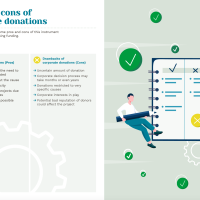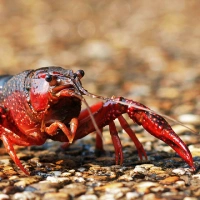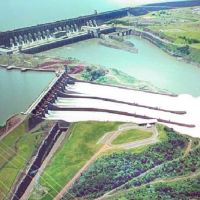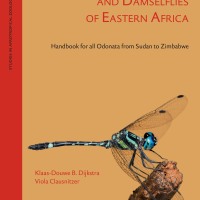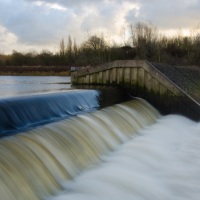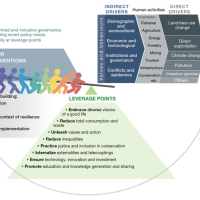MARS Experiments: Extreme Flows in Nordic Rivers

The experimental flumes in action. Image: Susi Schneider
Last week we wrote about how the MARS project is carrying out seven long-term experiments across Europe to study how river and lake ecosystems respond to multiple stresses.
Today, we introduce the first of these experiments, ‘Extreme Flows in Nordic Rivers’. Many Nordic rivers have hydropower facilities along their length, which alters and constrains water flow. In particular, naturally occurring spates (or floods) are reduced in intensity, or prevented altogether. A lack of spates can mean that nutrient concentrations build up in the river, often causing potentially harmful algal blooms.
This experiment explores the question: what do spates do to Nordic river ecosystems? More specifically, it looks to understand the effect of spates on ecosystem structure – species composition and abundance of aquatic insects and algae – and functioning – the decomposition of leaf litter and insect grazing rate.

Building the flumes. Image: Susi Schneider
Four flumes, each four metres long, have been constructed at a site around an hour’s drive outside of Trondheim in northern Norway. They have been constructed as a result of a collaboration between MARS and ECOREG – a project funded by the Norwegian Research Council – and are being managed by researchers at NIVA (Susanne Schneider) and NINA (Zlatko Petrin). Water flow along the flumes is controlled by a set of gates, which allows for spate and normal flow conditions to be simulated.
In two flumes, normal flows – constrained by hydropower developments – will be simulated at all times. In the other two, normal flows will be simulated for a week, followed by three to four days of extreme flows, to simulate spate conditions.
On each flume are two mesh bags filled with alder (a common tree in the region) leaves. One bag has a large mesh, to allow aquatic insects to enter and graze on the leaves; whilst the other has a fine mesh to prevent this. There are also two ceramic tiles on the flumes, which provide an ideal habitat for algal growth. One tile has its edges covered in Vaseline to deter aquatic insects from grazing on any algae, whilst the other is left uncovered to allow for insects to graze on the algal growth.

Applying vaseline to the ceramic tile to encourage algal growth. Image: Susi Schneider.
One flume will be sampled for algal growth, leaf litter and aquatic insects each week. A Benthotorch is used to sample for algal growth on each ceramic tile. Decomposition rates for leaf litter will be calculated by drying and weighing the leaves in the mesh bags. Aquatic insect populations living in the leaf litter bags will be identified and weighed to give an indication of biomass. Finally, stable isotope analyses will be carried out on these insect populations to understand the relative importance of alder leaves and algal growth as different food sources.
In each case, these constant methods will be replicated across the two normal flow (or control) flumes, and the two spate flow flumes. This comparison will yield new insights about the effect of spate flows on insect and algae populations, leaf litter decomposition in Nordic rivers. This information could prove extremely valuable for environmental managers and policy makers attempting to understand the impact of hydropower schemes – in MARS terms a major source of stress – on the freshwater environment. We’ll keep you updated with the results, and introduce another experiment next week.






